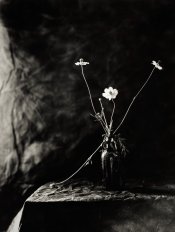MatthewDunn
Member
I like the tonal range of Tri-X, but the price is becoming a little out of control for me. A lot of the folks whose work I enjoy seem to shoot on HP5, but push by default to 800-1600 (when 400 would be sufficient light, even in a handheld situation). My understanding is that they claim to get higher contrast (and a little more grain).
My question - if I looking for that contrast and the deep blacks and shimmering whites that Tri-X was typically giving me, am I better off trying this approach and using Microphen or something similar to deal with the grain if I want/need? Or am I better to expose at box speed and then just extend development time (which is what intuitively seems more obvious to me if don't need the film speed)?
I will obviously run my own tests using both approaches, but interested in the thoughts of others.
Thanks in advance.
My question - if I looking for that contrast and the deep blacks and shimmering whites that Tri-X was typically giving me, am I better off trying this approach and using Microphen or something similar to deal with the grain if I want/need? Or am I better to expose at box speed and then just extend development time (which is what intuitively seems more obvious to me if don't need the film speed)?
I will obviously run my own tests using both approaches, but interested in the thoughts of others.
Thanks in advance.





 The fortune Teller
The fortune Teller The Old Man
The Old Man
 .
. 
